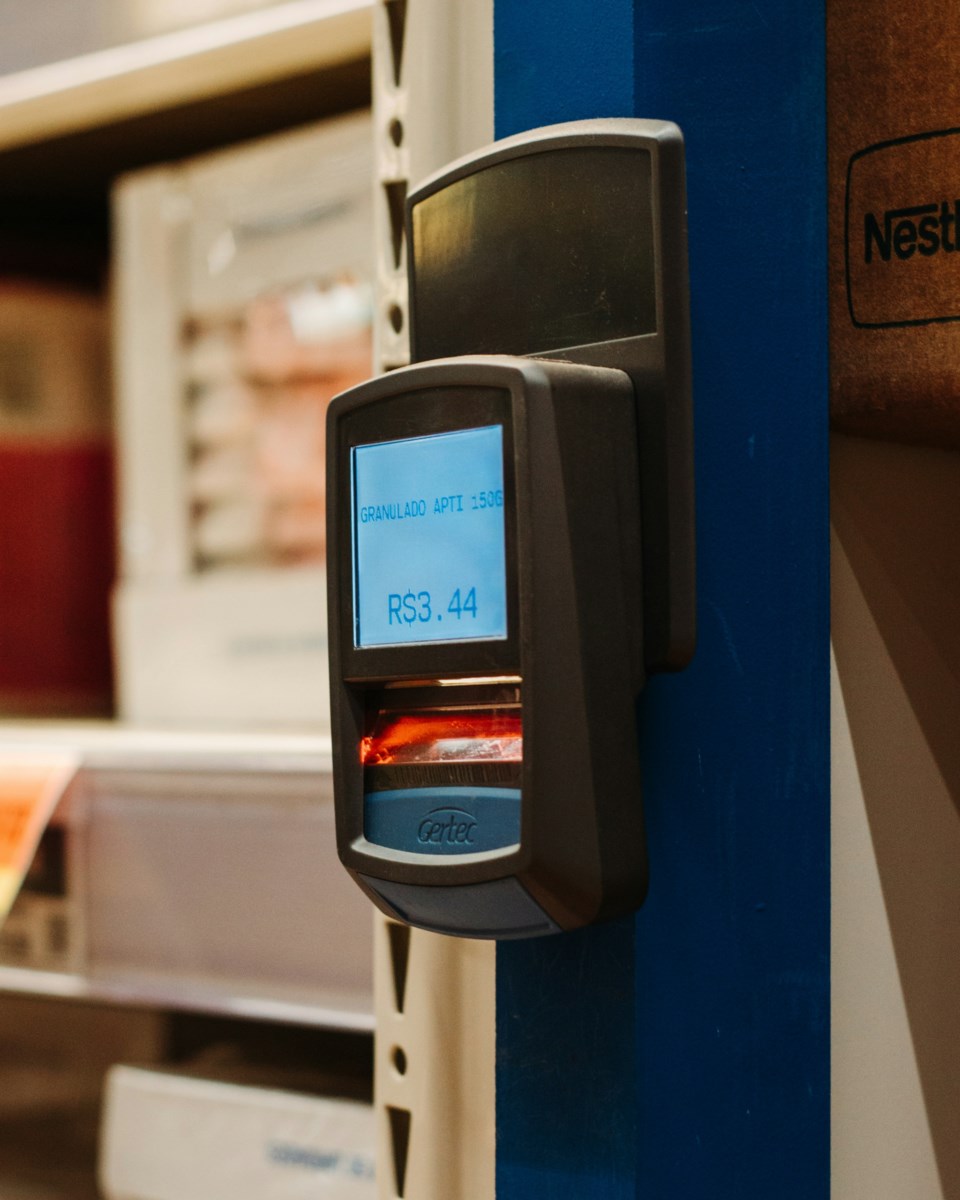UNITY – In recent years, the discussion of price increases has been a hot topic for almost everyone. Watching the cost of groceries, clothing, fuel and monthly bills rising steadily has got a lot of people watching their pocketbooks a lot more closely.
There are many types of pricing strategies that can be used by businesses and dynamic pricing is becoming one of the more popular strategies. In the past, this method was more commonly seen when booking a hotel room on the weekend or tickets for a flight around the Christmas holidays. The price is increased during peak times, leaving consumers no choice but to pay the higher price for the good or service needed.
This strategy has since been implemented in different retail markets such as the fast-food industry, grocery outlets and fashions. Companies are using the advances in technology and artificial intelligence (AI) to maximize cost-saving measures, including reducing food waste, managing staffing and lowering wait times.
Dynamic pricing, along with its technology, also watches for trends. For example, when National Hockey League (NHL) season is in the playoffs, the price of a hockey jersey bearing the logo of either team seems to jump up in price. As the team wins, the dollars get added to the price.
The technology just doesn’t look at winning hockey teams either. There has been a push for pet owners to feed their fur-babies a grain-free or raw food diet, meaning big name pet stores are hopping onto the bandwagon to take advantage of those who are willing to pay for nothing but the best.
The cost of technology is quite expensive – costing between five to $20 per label depending on size. (I wonder if the technology is dynamic priced as well seeing as it is becoming quite the trend itself.) Then there is the cost of the software, which is roughly $500 upfront, and monthly fees. While there are upsides to the electronic system, like environmentally friendly, reducing labour and better inventory records, it also allows the prices to fluctuate as the trends change.
So how does one recognize dynamic pricing is in place? While the consumer may not know if dynamic pricing is already in place, there are some clues.
If the purchase is a larger item, such as an appliance or vehicle, shop around. Many times, the manufacturer will have a similar price for the same item, regardless of where you purchase. This is the manufacturer suggested retail price (MSRP) and this is put into place to protect the business and the consumer.
For those smaller purchases, such as retail items, it can be a bit more difficult to know when dynamic pricing is in effect. While some retailers in the grocery industry have made changes to digital price tags, not all businesses have the functionality yet. Knowing the prices of the items helps determine if the product is worth the cost at this store or the next.
Another way consumers can get ahead is to shop in personally owned businesses. Most small business owners are selling their products at a reasonable mark up, trying to make their business continue to operate.
Regardless of where you purchase your items, the way we used to shop will no longer be the same. Take the time to price compare, see if the item is even worth the price you are seeing. If you need to hold off on the purchase until the price is right, then it will be more worth it in the end.




